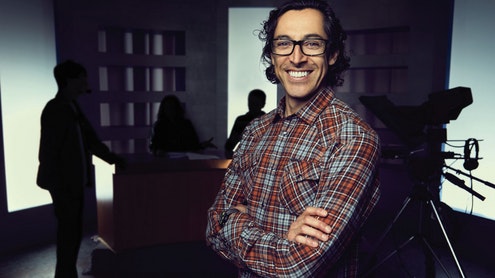Homepage
•
Learning Library
•
Blog
•
Michael Hernandez: Helping Students See the World Through a New Lens
Expand breadcrumbs
Expand breadcrumbs
- Learning Library
- Blog
- Michael Hernandez: Helping Students See the World Through a New Lens
- Homepage
- •
- Learning Library
- •
- Blog
- •
- Michael Hernandez: Helping Students See the World Through a New Lens
Michael Hernandez: Helping Students See the World Through a New Lens
By Nicole Krueger
September 21, 2022








